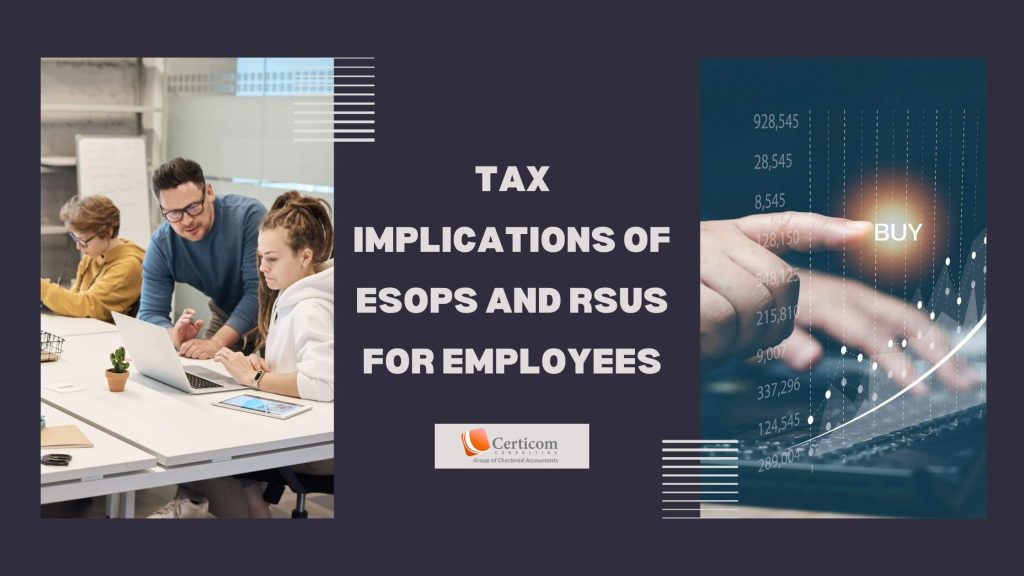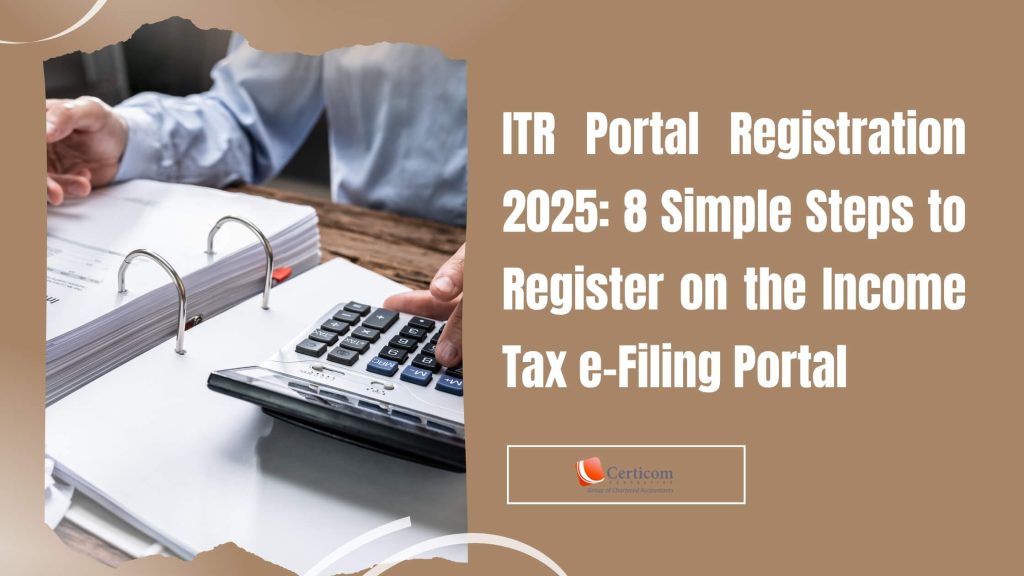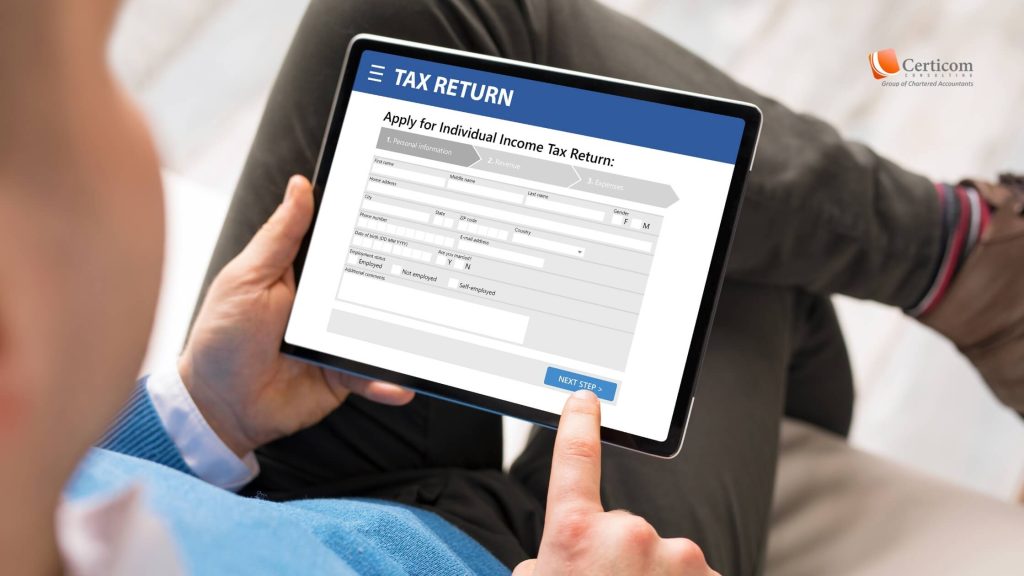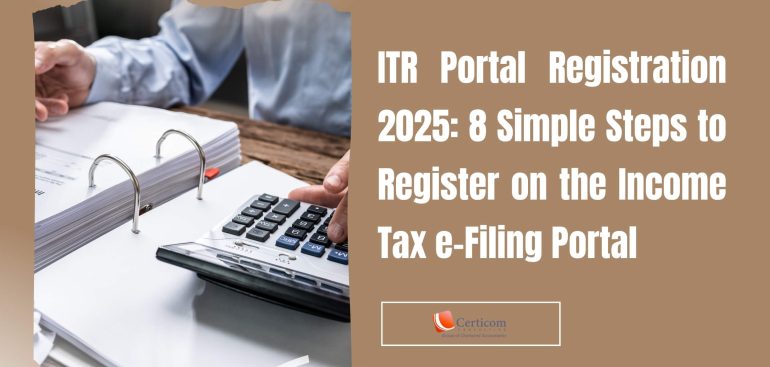Tax Implications of ESOPs and RSUs for Employees

Employee Stock Option Plans (ESOPs) and Restricted Stock Units (RSUs) have become increasingly popular as part of employee compensation packages, especially in multinational corporations and startups. These instruments are not just used to reward performance but are key tools in retaining talent. However, the tax implications associated with ESOPs and RSUs can be complex and often misunderstood.
Understanding ESOPs and RSUs
Before diving into taxation, it is crucial to understand the fundamental differences between ESOPs and RSUs:
| Basis | ESOPs | RSUs |
|---|---|---|
| Choice to receive | Employee has the option to buy shares at a predetermined price | Shares are automatically granted after the vesting period |
| Type of Companies | Common in startups or growth-stage companies | More prevalent in established and mature companies |
| Cost to Employee | Requires payment of the exercise price (usually lower than FMV) | Granted free of cost |
| Primary Objective | Employee retention through deferred ownership benefits | Employee retention with assured share allocation |
Typically, ESOPs and RSUs are offered during onboarding and vest after a specified period. Let’s now look at how taxation works in India for both instruments.

Stage 1: Taxation as Perquisite under "Income from Salary"
For ESOPs:
Tax liability arises when the employee exercises the vested options. The taxable perquisite is calculated as:
Perquisite = Fair Market Value (FMV) on Exercise Date – Exercise Price Paid
This perquisite value is treated as part of salary income and taxed at the applicable slab rate.
For RSUs:
RSUs are taxed when the shares are allotted to the employee after the vesting period. Since RSUs are allotted free of cost, the entire FMV on the allotment date is treated as a perquisite.
Perquisite = FMV on Allotment Date
Again, this is taxed as “Income from Salary”.
Stage 2: Taxation under "Capital Gains"
Once shares from ESOPs or RSUs are allotted and taxed as perquisites, any subsequent sale of these shares results in capital gains or losses.
Capital Gain = Sale Price – FMV on Date of Exercise (for ESOPs) / Allotment (for RSUs)
The nature of capital gain—short-term or long-term—depends on the holding period from the date of exercise/allotment to the date of sale. If listed shares are held for more than 12 months, they qualify as long-term capital assets.
Illustration: Taxation of ESOPs – Step-by-Step Example
Let’s understand this with a practical example:
Scenario:
An employee joins in February 2023
Offered 1,000 ESOPs, exercisable after 1 year at a price of Rs. 7,500 per share
In February 2024, options vest and the FMV is Rs. 8,000
Employee exercises all options by paying Rs. 75,00,000 (1,000 × Rs. 7,500)
Stage 1: Perquisite Taxation
FMV on exercise = Rs. 8,000
Exercise price = Rs. 7,500
Perquisite = Rs. (8,000 – 7,500) × 1,000 = Rs. 5,00,000
This Rs. 5,00,000 is added to salary income for FY 2023–24 and taxed accordingly.
Stage 2: Capital Gains Taxation
Employee sells the shares in May 2025 at Rs. 10,000 per share
FMV on exercise (cost of acquisition) = Rs. 8,000
Capital Gain = Rs. (10,000 – 8,000) × 1,000 = Rs. 20,00,000
Depending on the nature of the gain (short-term or long-term), appropriate capital gains tax is applied.

Key Takeaways
Both ESOPs and RSUs are taxed in two stages:
As perquisites under “Income from Salary”
As capital gains on sale of shares
- For ESOPs, employees need to pay to exercise the options, and the perquisite is the difference between FMV and exercise price
For RSUs, since they are allotted free of cost, the full FMV is taxable as salary
Planning the timing of exercise and sale is essential to optimize tax liability
Ensure that capital gains records are maintained, especially for unlisted shares
Related Post
Tax Implications of ESOPs and RSUs for Employees
ITR Filing Deadline Extended: New Last Date is September 15
ITR Portal Registration 2025: 8 Simple Steps to Register on the Income Tax e-Filing Portal
Book A One To One Consultation Now For FREE
How can we help? *









